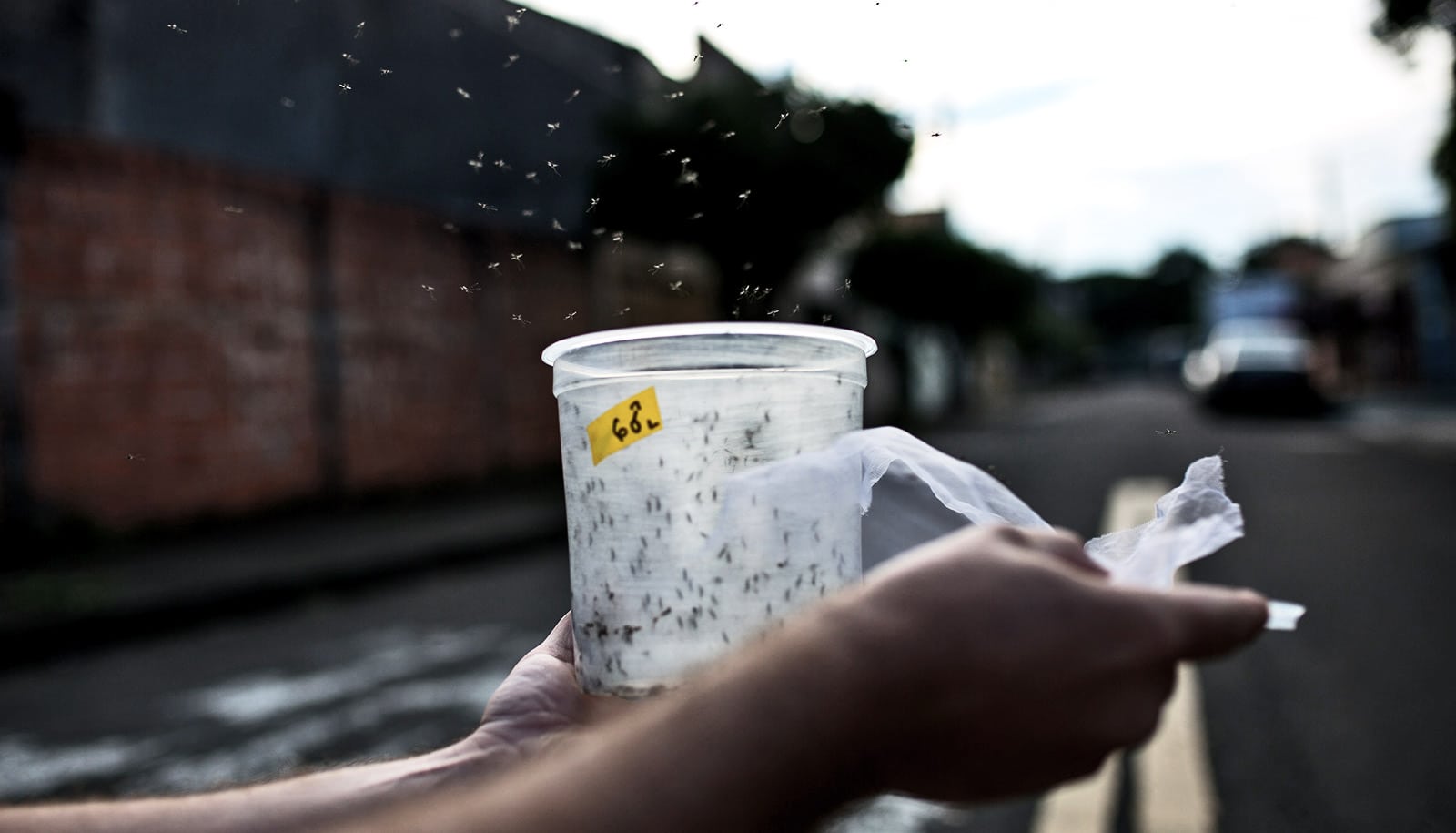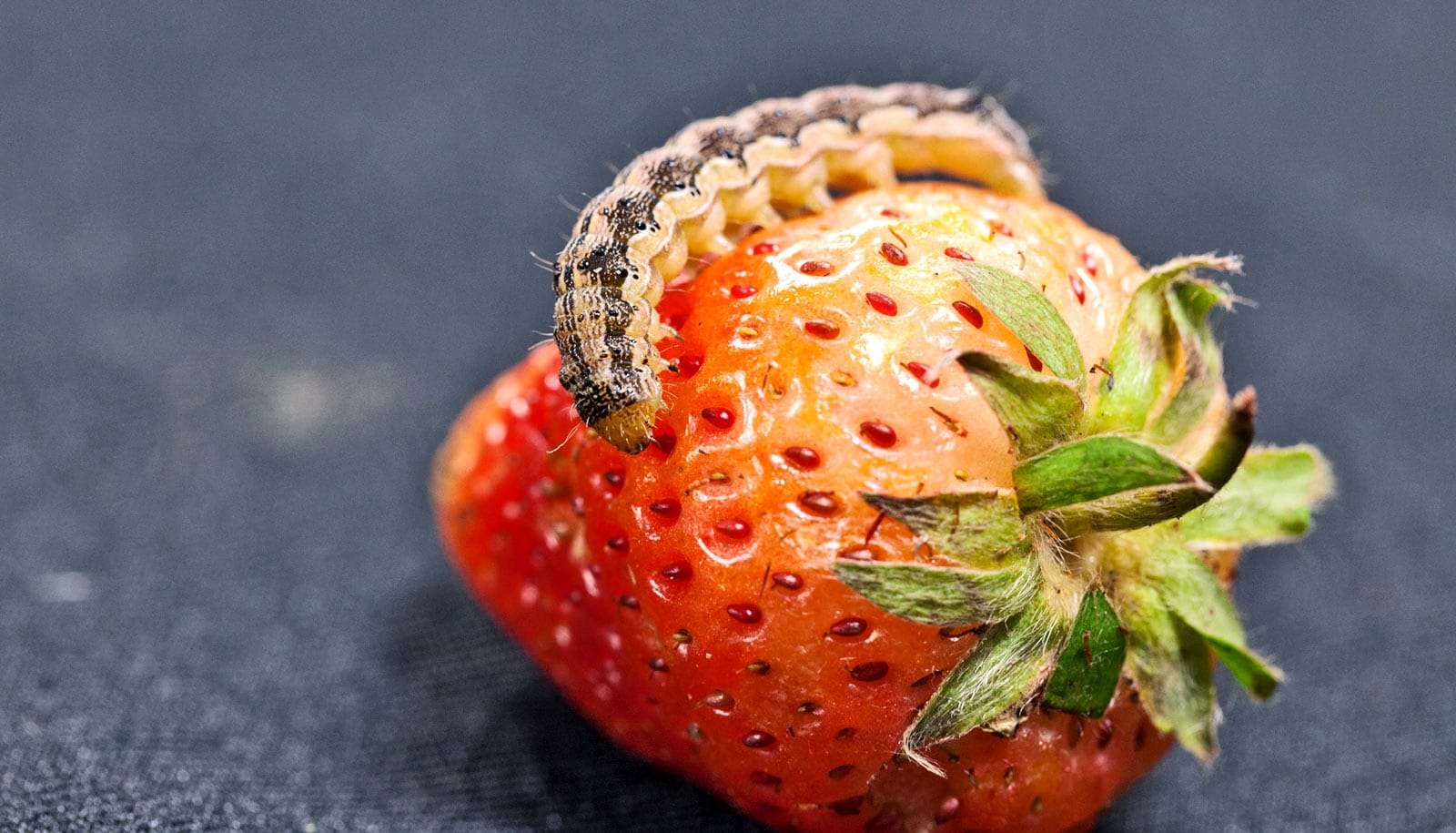A survey of more than 1,000 American adults indicates more support for using specific genetic modification techniques called “gene drives” against insect pests if they’re limited in scope and aimed at non-native insects.
The survey inquires about attitudes toward agricultural gene drives, which can “drive” a genetic trait or characteristic through a given insect pest population to help commercial crop production by squelching harmful pest effects.
The work can help inform further development of these gene drive systems in agriculture—an important consideration as the speed of technological development outpaces public understanding of the issues surrounding the technology.
People were more apt to support gene drive systems that controlled the spread of the drive, says Zack Brown, assistant professor of agricultural and resource economics at North Carolina State University and the corresponding author of a paper describing the research.
He adds that respondents also more strongly favored gene drives targeting non-native species; they had a harder time supporting genetic changes to native insects. More than 50% of respondents supported controlled gene drive systems targeting non-native species.
Respondents also showed greater levels of support for gene drive systems that genetically alter an insect but leave it in the environment—taking away its ability to carry a pathogen causing a crop disease, for example—than systems meant to suppress or eradicate insect populations, although those differences were not large.
Nearly 50% of respondents opposed uncontrolled gene drive systems that would eliminate native species, with another 25% showing neither opposition nor support.
“This is valuable information for scientists because controllability is difficult to design in gene drive systems,” Brown says.
Other survey findings included increased opposition to gene drive systems among people who seek out food labeled non-genetically modified. Interestingly, though, their support exceeded opposition for limited gene drive systems targeting non-native species.
Public perceptions of gene drives
The research arose from a 2016 National Academies report that recommended gene drive research continue in parallel with ecological risk assessment and engagement with stakeholders and the public. Brown, lead author Michael Jones, and coauthors realized that there was little to no published research on public perceptions of gene drive technology in an agricultural context.
“The public wants a trusted body to be a leader here. In this case, it’s American universities and the USDA.”
“This is the right time—while the technology is still under development and before any release decisions have been made—to gain insights into what the public thinks, what types of information they prioritize from researchers, and who is trusted to carry out this sensitive research,” says Jones, a PhD candidate in agricultural and resource economics.
“Proactively incorporating this feedback into technology design and risk assessment helps align the science with public values and the needs of diverse economic ecosystems.”
Focus groups and background info
The process began with in-person, open-ended discussions about gene drive technologies and their possible uses and drawbacks with groups of consumers recruited from grocery stores. This method of conducting focus group discussions helped identify and distill the most important questions to ask in the web survey questionnaire.
Coauthor Jason Delborne, associate professor of science, policy, and society, contributed to the design of the focus groups. “The focus groups provided a space for real conversations, where regular consumers learned about the potential for applying gene drives in agriculture and explored together their hopes and concerns. Inclusive deliberation about emerging technologies is a key foundation for responsible innovation,” he says.
The researchers used an online questionnaire that allowed glimpses into how respondents interacted with information presented on gene drive systems and available FAQs. Jones says respondents spent a great deal of time looking through information when compared with other surveys.
“Maybe the fact that respondents went through a lot of research on our web-based survey gave them a more nuanced perspective,” Brown says. “That seems to be reflected in the survey responses.”
The study also showed public perceptions on which organizations to trust with research into gene drive systems. Universities and the US Department of Agriculture were the most trusted, with more than 60% calling those organizations very or somewhat trustworthy. Respondents were less trusting of foreign universities and the US Dept. of Defense; small and large private companies were least trusted.
“The public wants a trusted body to be a leader here,” Brown says. “In this case, it’s American universities and the USDA.”
Funding for the research came from the US National Institute of Food and Agriculture and the National Science Foundation.
Additional coauthors are from NC State and the University of Wisconsin. All NC State authors are affiliated with NC State’s Genetic Engineering and Society Center.
Source: NC State



